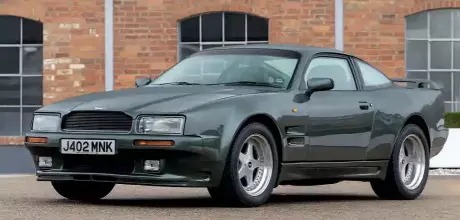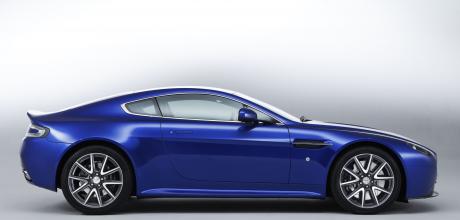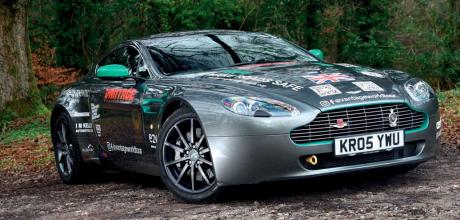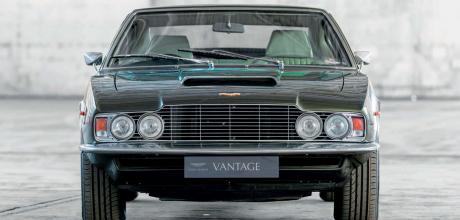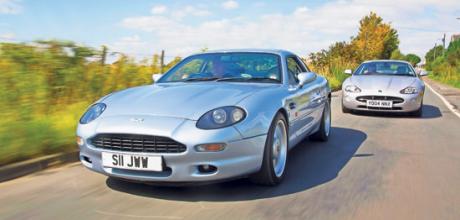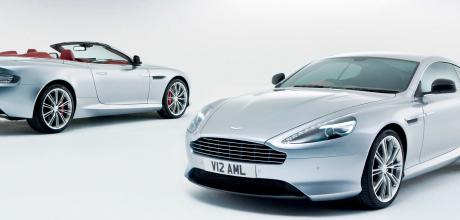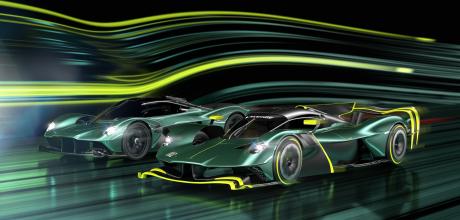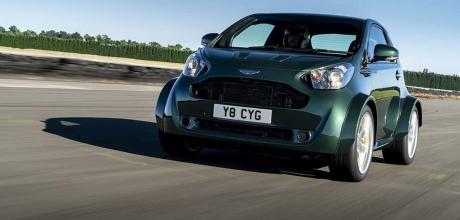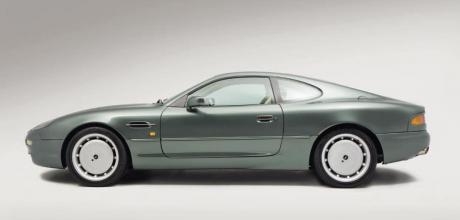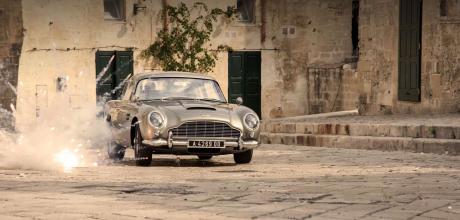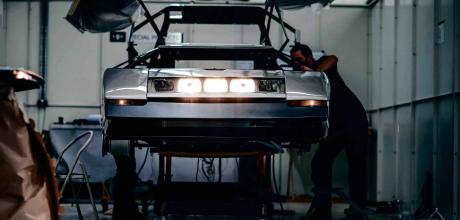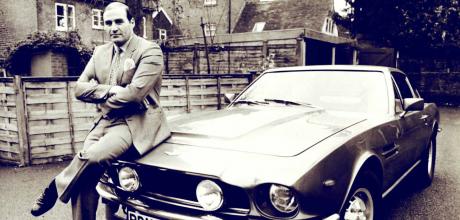Search by the «aston martin» tag
Discover what to look out for when buying an Aston Martin Virage, Volante or V8 Coupe from the Eighties and Nineties.
Find out what to look for when buying a DB2 or the later DB2/4 and how much repairs and maintenance should cost. BUYING GUIDE DB2 & DB2/4 WORDS ROB HAWKINS Everything you need to know to buy one of these classic Aston Martins When the dated 2.0-Litre Sports was due for replacement towards the end of the Forties, the DB2 was the ideal candidate and arguably kept Aston Martin in the limelight during the Fifties, paving the way for a new design of sports car.
Can you afford to buy, run and repair a 4.3- or 4.7-litre V8-powered Vantage that was manufactured between 2005 and 2017? Find out the answers with our comprehensive buying guide.
Whether being used by Aston’s then CEO or driven across Asia, this early V8 Vantage 4.3 has had a remarkable life. We look at its unique history and speak to the current owner who has no plans to retire the car. WORDS AND PHOTOGRAPHY PAUL WALTON EARLY V8 VANTAGE 4.
Discover what to look for and the costs involved in buying, owning and running a six-cylinder or V8-powered DBS. WORDS ROB HAWKINS IMAGES AMD ARCHIVE What to look for when buying one of the great-value classic Aston Martins, the DBS from 1967 to 1972 1967-1972 Aston Martin DBS BUYING GUIDE Manufactured between 1967 and 1972, the first generation of the DBS paved the way for a new style of Aston Martin that became a success well into the Eighties.
Although the name was unusual, the improvements made to the AMV8 in 1978 that resulted in the Oscar India were not. For the model’s 45th anniversary we explain why the changes resulted in one of the most attractive and important variations.
There’s an interloper currently in my garage. But it’s not a neighbour’s cat or the chest freezer my wife has wanted in there for some time but rather an Aston Martin. As the new editor of Aston Martin Driver, I’ve been given the keys to Kelsey Publishing’s DB7 3.2 and since it’s parked next to my 2000 Jaguar XK8 4.0 X100, I can’t help but compare the two.
The first Aston Martin of the modern Gaydon era but now verging on classic status, the DB9 is a tempting sports GT for not too much money. Here’s how to buy one.
Having missed the previous two years due to strict Covid-19 restrictions, it was terrific to finally return to Le Mans in mid-June for the famous 24-hour race. It remains the pinnacle of motorsport and as much fun as when I first went 25 years ago.
As sure as night follows day and cream follows jam*, it was inevitable that the Aston Martin Cygnet would appear in the issue following the Frazer Tickford Metro. Concluding his review of the luxo Metro, Richard Heseltine said: “There is something appealing about a small car with big car luxuries and the Frazer Tickford is both of those things and more. It isn’t as though the idea was lost on Aston Martin Lagonda, either. Think of it as the forerunner of the Cygnet. And then stop thinking.
The chances are that there’s an Aston Martin or two in your dream garage, but with marque values going through the roof in recent years, the only realistic way that you’re going to buy into the brand is with a DB7. It’s the Aston Martin that remains resolutely affordable to buy, if not necessarily to run. The DB7 is the car that saved the brand, because when it burst onto the scene in the mid-1990s, production from Aston’s Newport Pagnell factory had slowed to a trickle.
As I write, it is the weekend after the unveiling of new James Bond film No Time To Die, and less than 24 hours ago I was sitting in my local Showcase De Luxe cinema enjoying what, for my money, is Daniel Craig’s best outing as the famous MI6 agent. I’m not going to issue any major spoilers in this column, so don’t be scared of reading on if you haven’t watched it yet. But its attitude toward Bond cars has somewhat bewildered me.
The body panels are on, the wiring is in, and the engine is back together – Bulldog’s restoration enters the home straight. Photography Words John Simister AMY SHORE/CMC. Light show RESTORATION BULLDOG ‘The doors go on today,’ says Nigel Woodward, head of Classic Motor Cars of Bridgnorth where the Bulldog is undergoing the most painstaking of resurrections. It’s not the first time the powered gullwing doors have been on during the Bulldog’s time at CMC.
There haven’t been many people in this industry to whom I warmed more immediately than Victor Gauntlett, whom I last saw in 2001, 10 years after he left Aston Martin’s chair and about 18 months before his death aged just 60. Victor was many things, well-to-do, ebullient and funny among them, but so too was he modest, kind and had a brain sharper even than the cut of his tailor-made suits.


